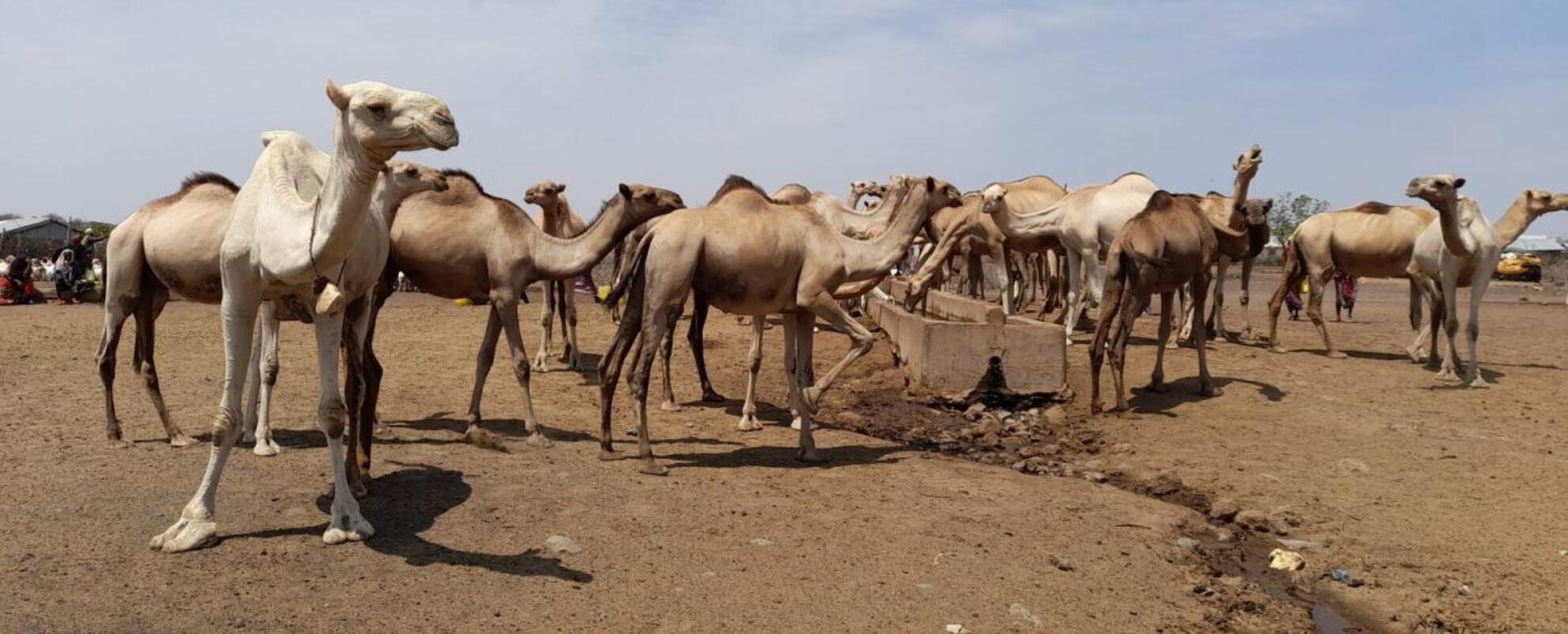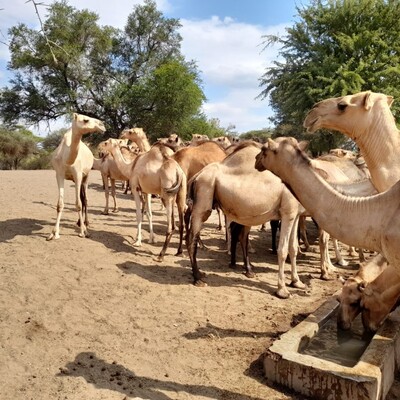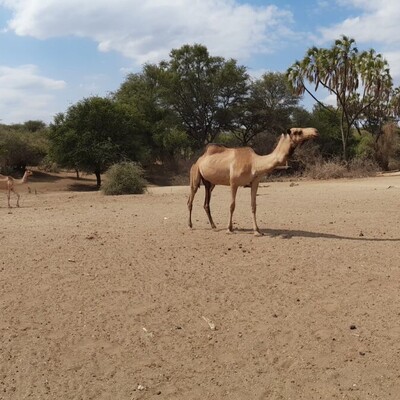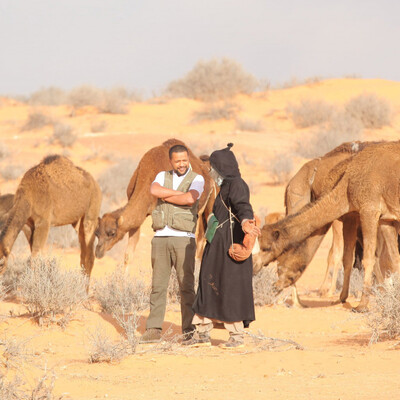

International Year of the Camelids
The United Nations designated 2024 as the International Year of the Camelids to emphasize the significance of camelids (camels, llamas and alpacas) in supporting the livelihoods, culture and environment of many communities worldwide.
These animals, found in arid and semi-arid terrains, provide essential resources such as transportation, wool, milk and meat where other livestock may not thrive.
Recognizing their importance can lead to increased research, conservation and sustainable management practices, benefiting both the communities that depend on them and the biodiversity of the regions they inhabit.
Highlighting the role of camelids in agriculture and ecosystems can also support global efforts to address climate change challenges and advance sustainable development goals.
Factsheets
Related Publications

Prevalence and antimicrobial resistance of Escherichia coli O157:H7 and Salmonella, and the prevalence of Staphylococcus aureus in dairy cattle and camels under pastoral production system
- Hunduma, D.
- Amenu, Kebede
- Desta, Hiwot
- Grace, Delia
- Agga, G.E.
- Dego, O.K.

Training material on preventing and controlling camelpox for pastoralists
- Berhanu, Dagim
- Lemma, Mamusha
- Gizaw, Solomon
- Knight-Jones, Theodore J.D.

Draft genome sequences of Enterococcus faecium, Enterococcus gallinarum, and Lactococcus lactis strains isolated from a mastitis-infected camel in Isiolo County, Kenya
- Maichomo, M.
- Gachogo, R.
- Masila, E.
- Ogali, I.
- Otieno, L.
- Langat, N.
- Onywera, R.
- Malonza, V.
- Inguyesi, C.
- Onyambu, F.
- Gicheru, Nimmo
- Wesonga, H.
- Murungi, E.











